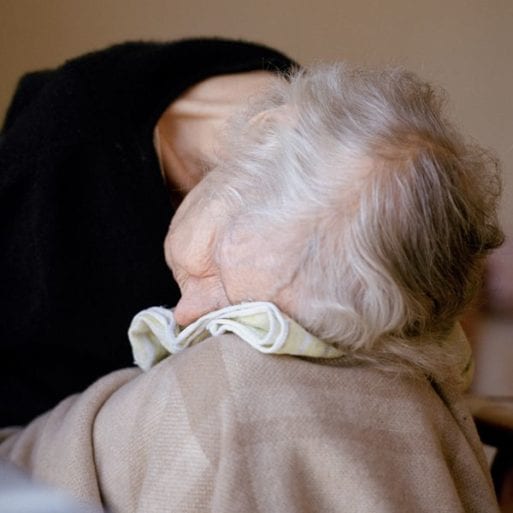
Credit: Daniel Schumann via refinery29.com
A recently released report from the Department of Health and Human Services Office of Inspector General found deficiencies in the care provided to many hospice patients in the United States. Many of these deficiencies were relatively minor, including issues such as poor care planning or inadequate assessments of patient care needs. But others were more concerning — for example, inadequate vetting of agency staff and poor quality control. More importantly, a significant number were egregious failures in patient care that caused or perpetuated serious harm.
One example: Hospice care providers encountered a female patient with injuries to her pelvic region, thigh and forearm — all indicators of a possible sexual assault. But instead of reporting their findings to the appropriate authorities, the woman’s caregivers instead attempted to insert a urinary catheter (presumably to help the injured woman empty her bladder). Only after trying and failing to insert the catheter several times did they arrange for the woman to be transported to the hospital. Hospital staff then notified the police.
In another instance, a hospice patient’s home was repeatedly burglarized by a neighbor who would enter her apartment and steal her pain pills. The hospice care provider was aware of the situation, but, again, failed to report it to the police.
And in one horrifying incident, a dying man had maggots crawling around his feeding tube.
In not one of these cases did the hospice provider “face serious consequences for the harm described in this report” said the OIG. In fact, according to Medicare rules, hospices are not required to report abuse, neglect, or other harm unless it was perpetrated by a hospice employee and the hospice has “investigated and verified the allegation,” the report notes.
Failure of Oversight?
Oversight of the nation’s 4,300-plus hospice care providers falls to the Center for Medicare and Medicaid Services, which, in turn, relies on data from state inspectors and accrediting agencies to monitor the effectiveness of end-of-life care. The data in the recent OIG report is culled from surveys of about 80 percent of all U.S. hospice providers between 2012 and 2016. (CMS rules require inspection of all facilities at least every three years.)

CMS Administrator Seema Verma
Credit: bostonherald.com
But, according to the OIG, CMS fails to use the data gleaned from these surveys appropriately, in part because it is legally barred from enforcement activities such as imposing fines. At present, the agency has broad enforcement powers against nursing homes that exhibit poor quality care, which range from civil money penalties to denial of payment for Medicare/Medicaid beneficiaries and more. But its only recourse against hospice care providers is the termination of the provider’s contract — an action it rarely takes.
Previous OIG reports urged the agency to petition Congress for the authority to levy fines and other civil penalties against hospice providers when deficiencies come to light. But as yet it has opted not to do so. Instead, it has focused on helping inspectors recognize “immediate jeopardy” situations and standardizing the process for responding to them, according to a spokesman for CMS.
Lack of Transparency
The OIG also called out CMS leadership for its lack of transparency — specifically for failing to report the results of state surveys on its website Hospice Compare. The reason for this, according to a CMS spokesperson, is to avoid confusing consumers, since state survey data is publicly available while reports from accrediting agencies are not. The OIG rebuts this with a logical response: CMS should obtain the authority to report all survey data on Hospice Compare so that the public is fully informed. And, until such time as they can do so, reporting the data from state agencies is better than reporting nothing at all.
Our federal agencies are supposed to be protecting our nation’s most vulnerable. I have to wonder when they are going to get on with the job.

 Are U.S. Hospice Care Providers Falling Short?
Are U.S. Hospice Care Providers Falling Short?



 How to Comfort A Dying Loved One
How to Comfort A Dying Loved One
 Our Annual Seven Holiday Gifts for Someone Who Is Grieving, 2024 Edition
Our Annual Seven Holiday Gifts for Someone Who Is Grieving, 2024 Edition














